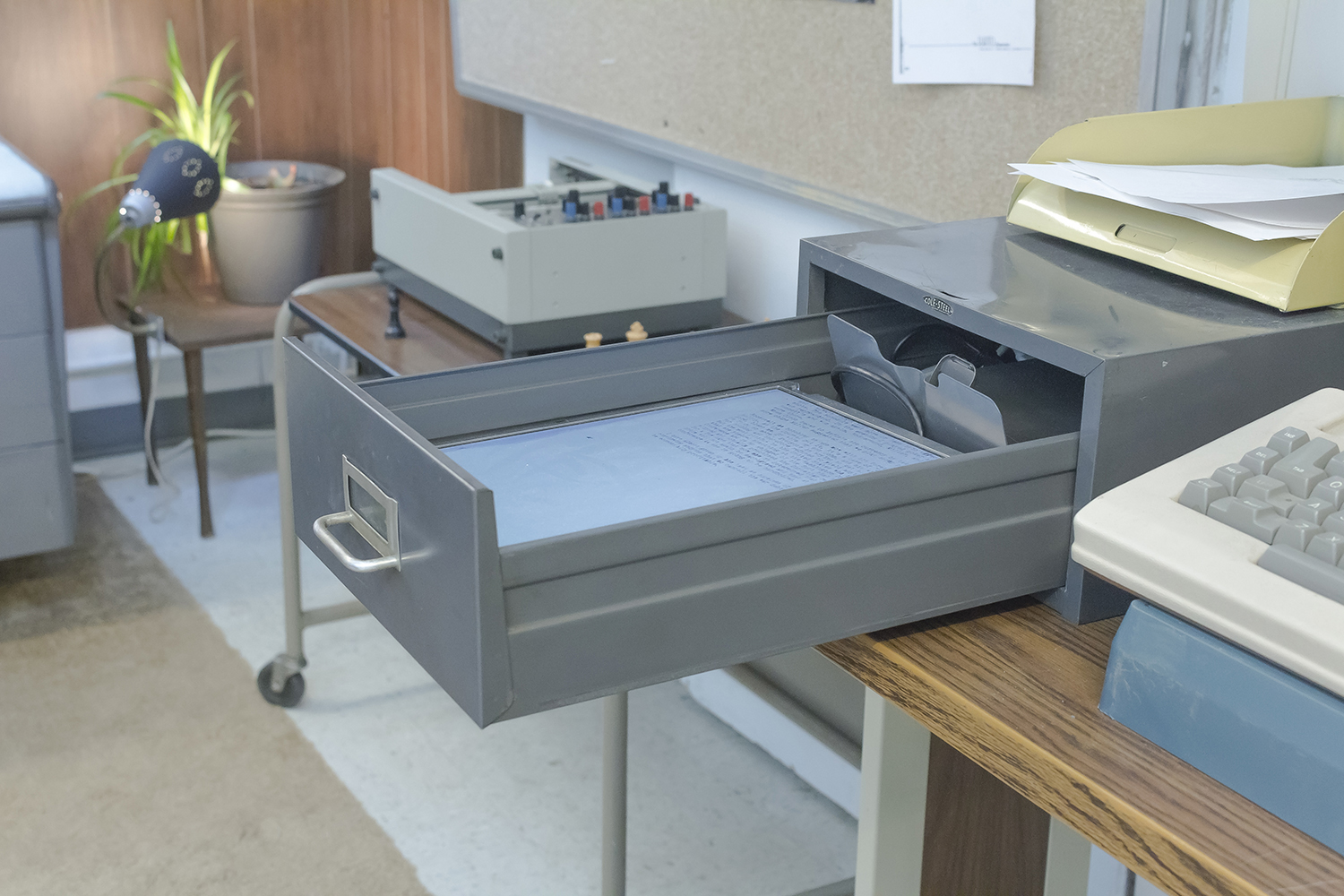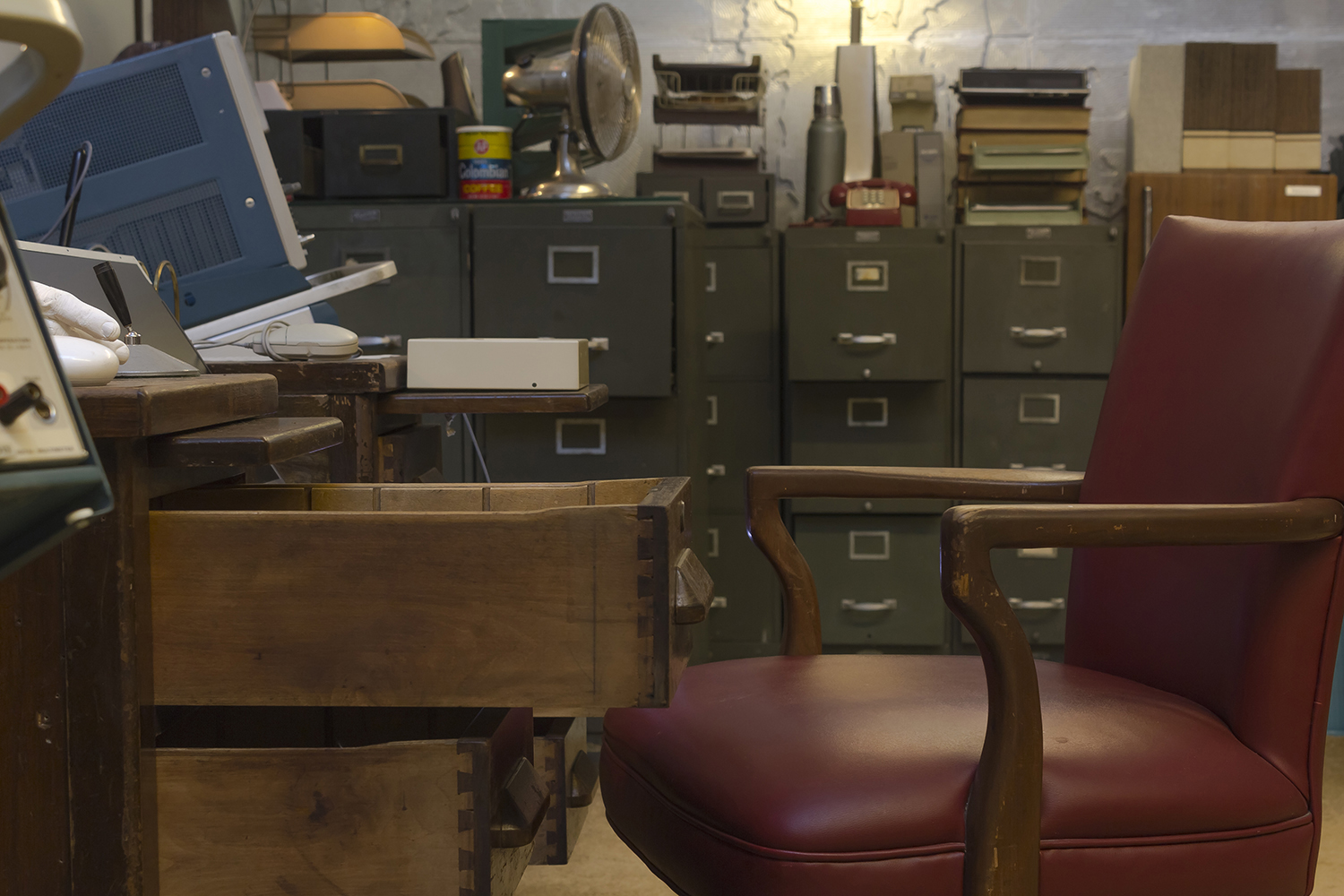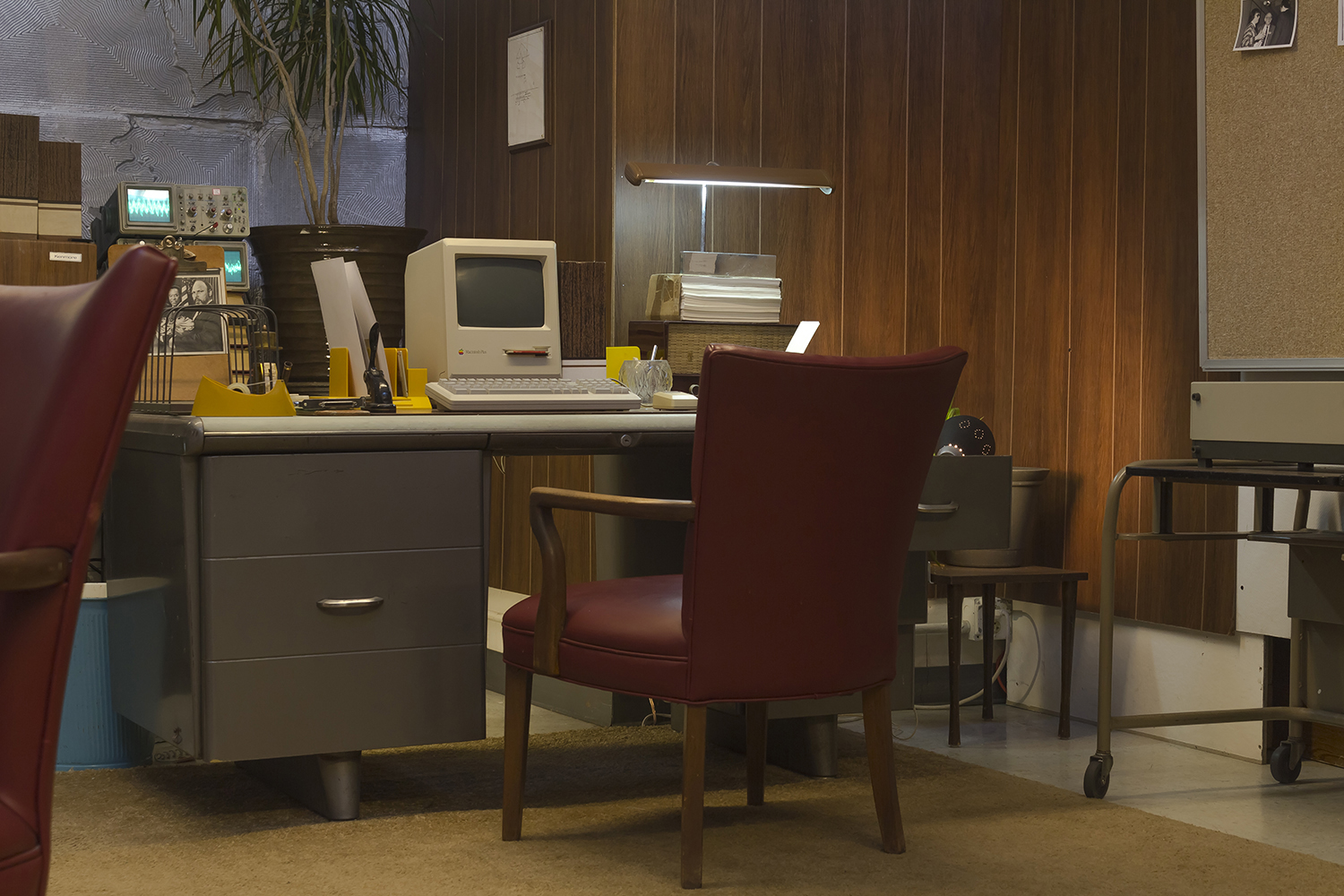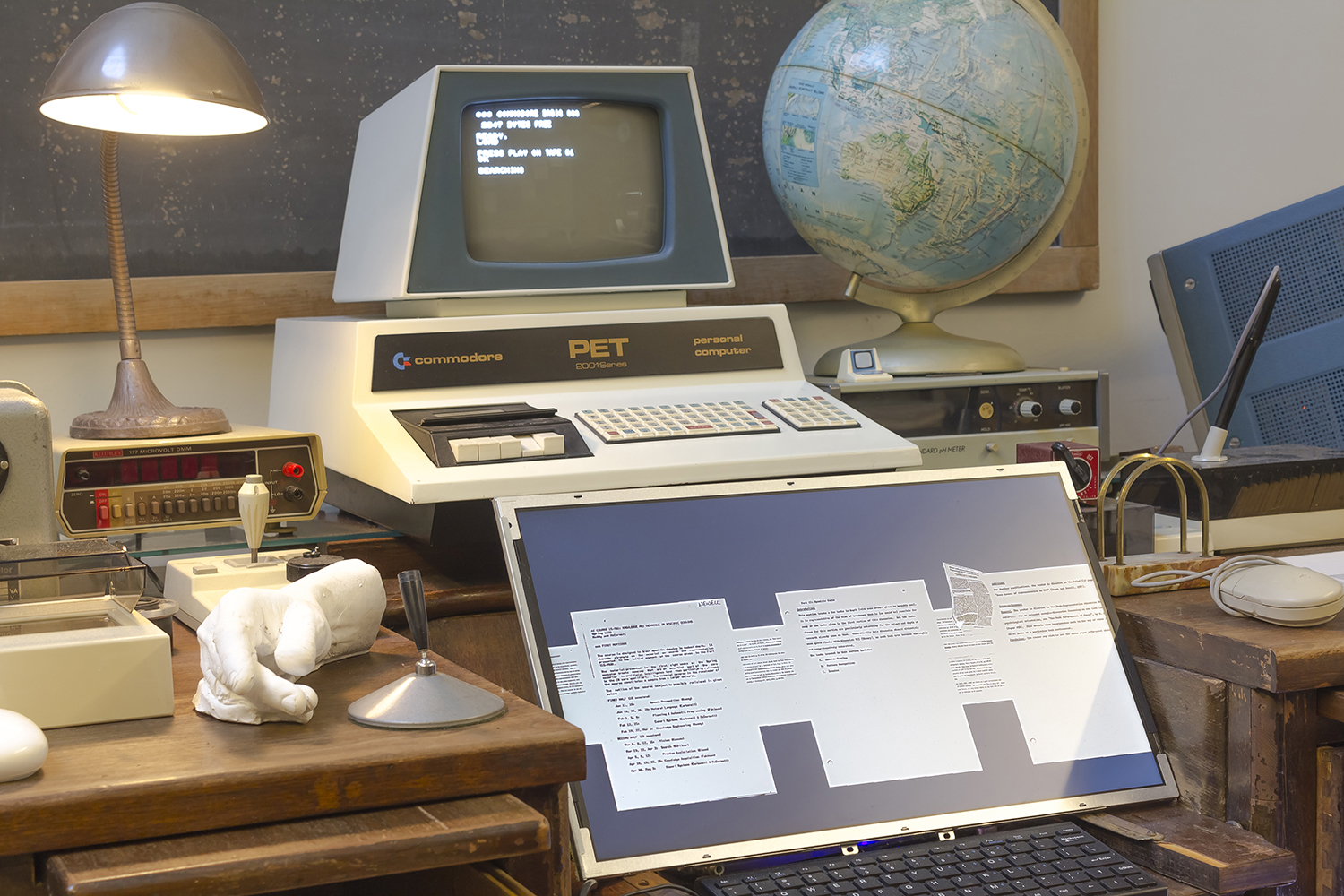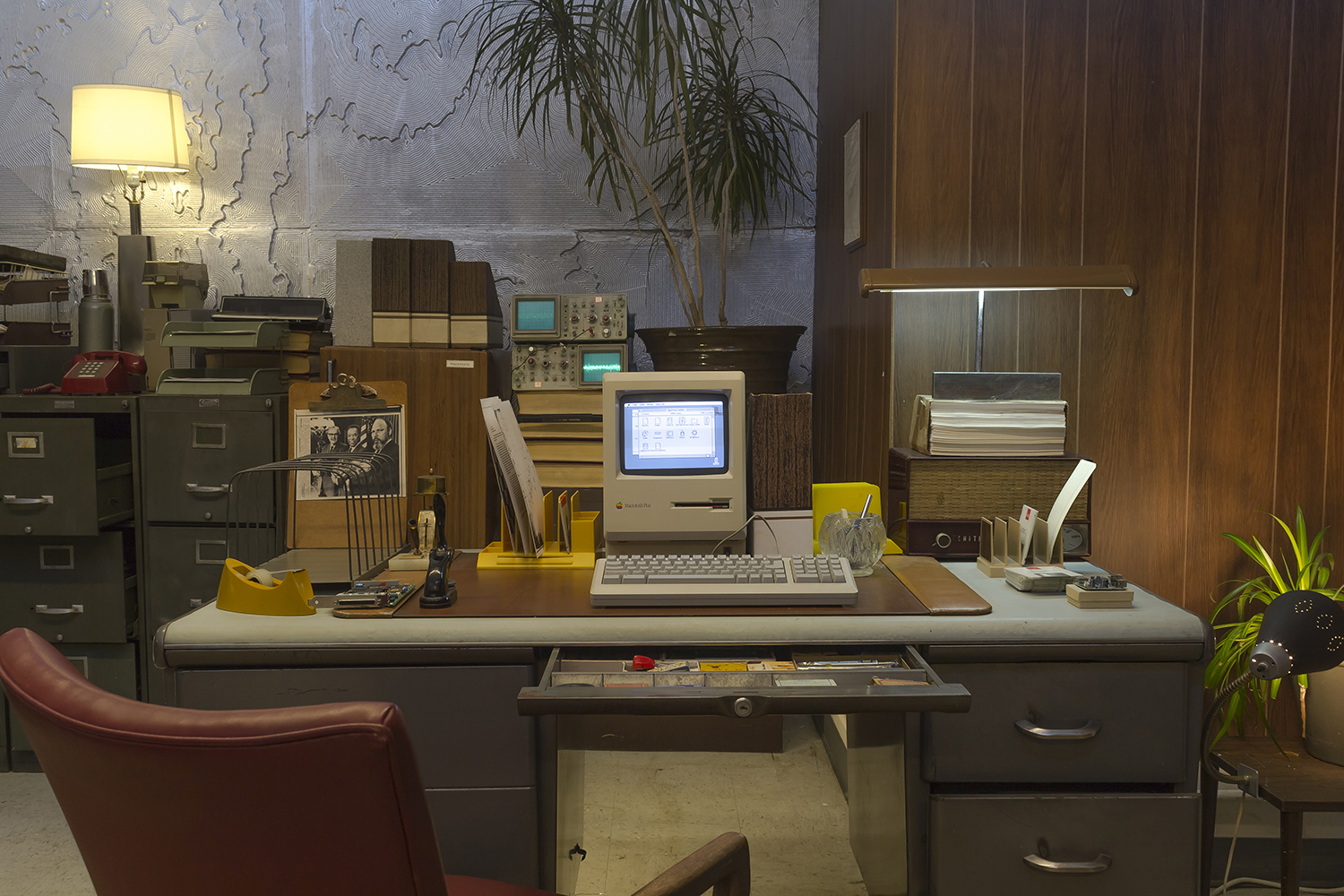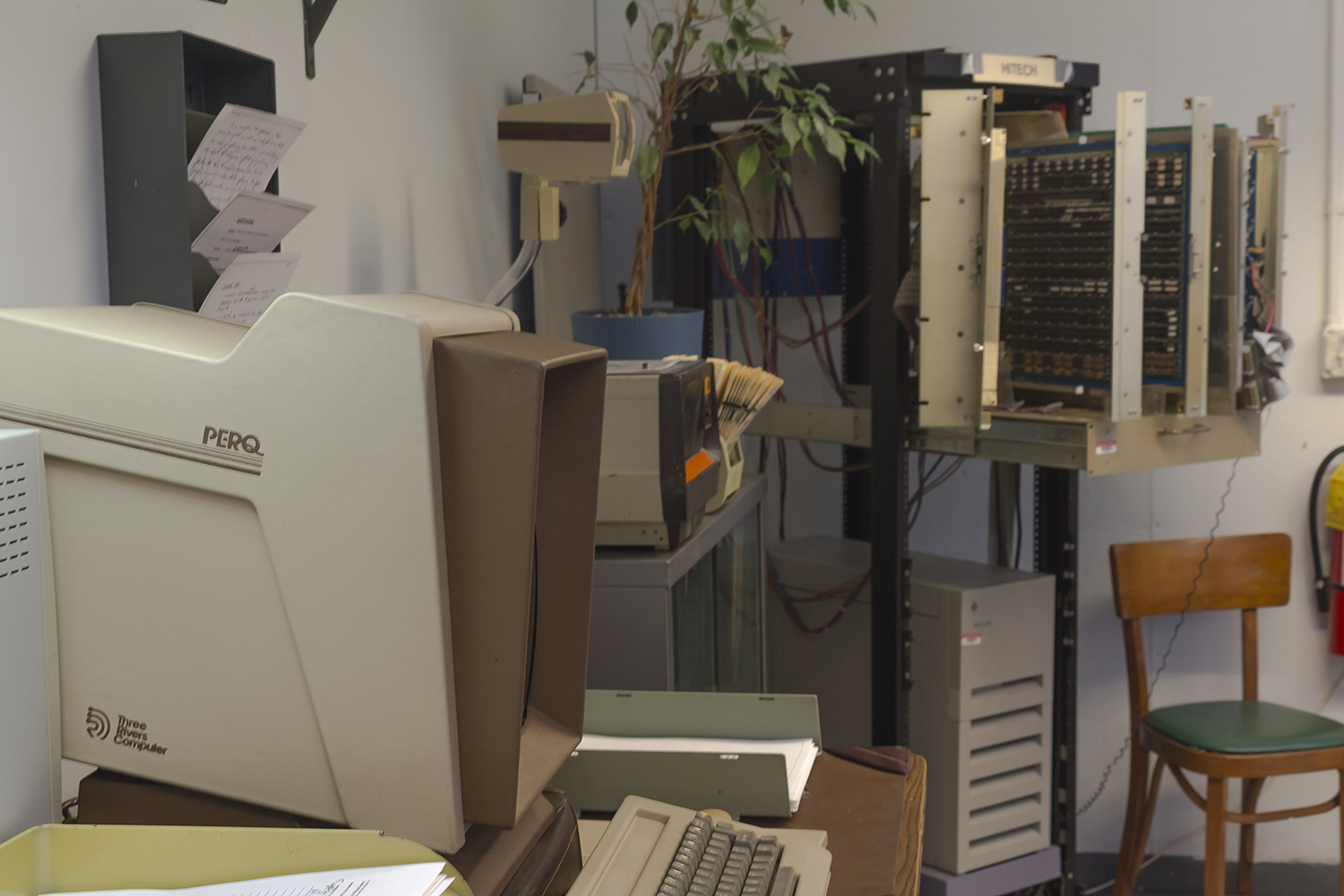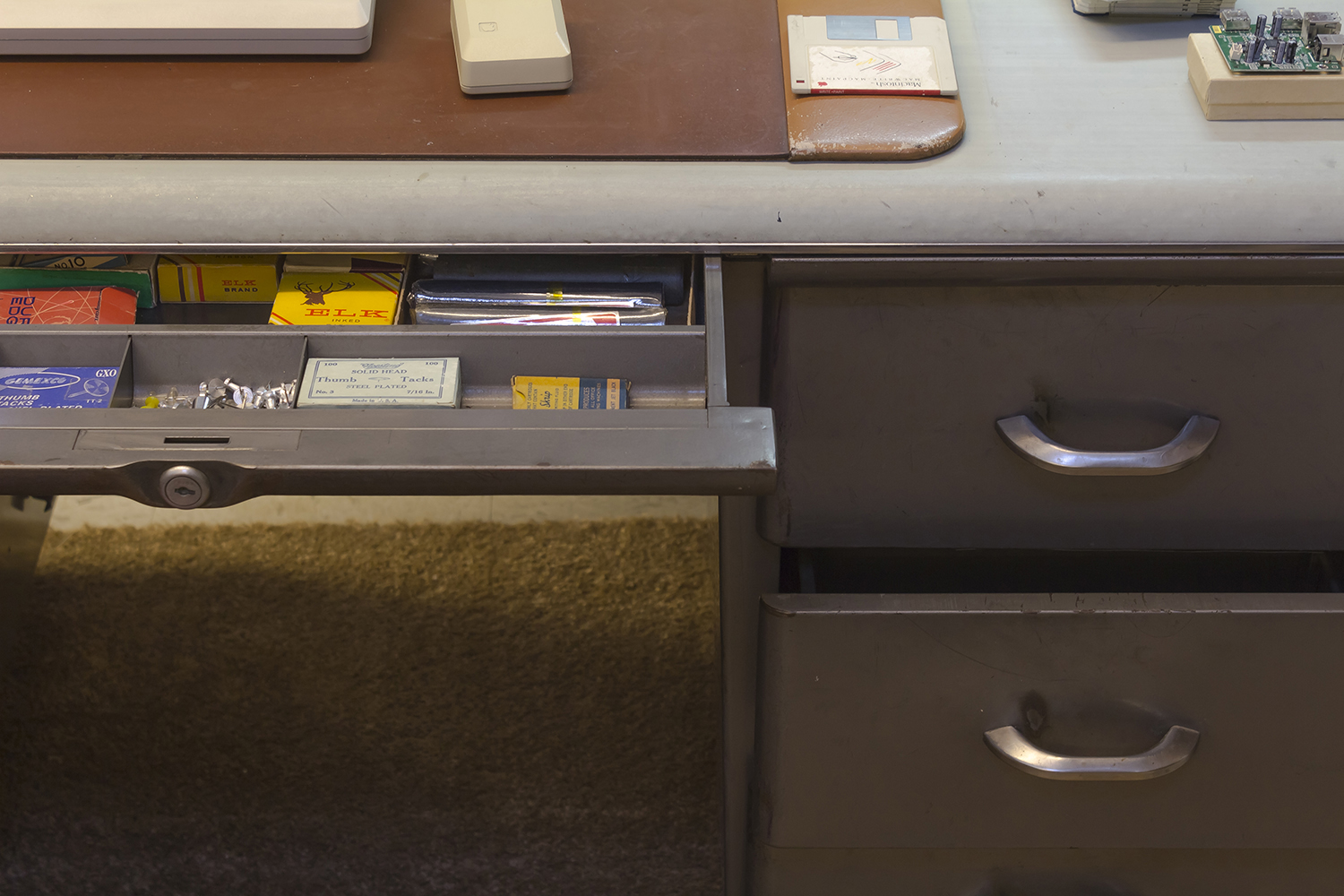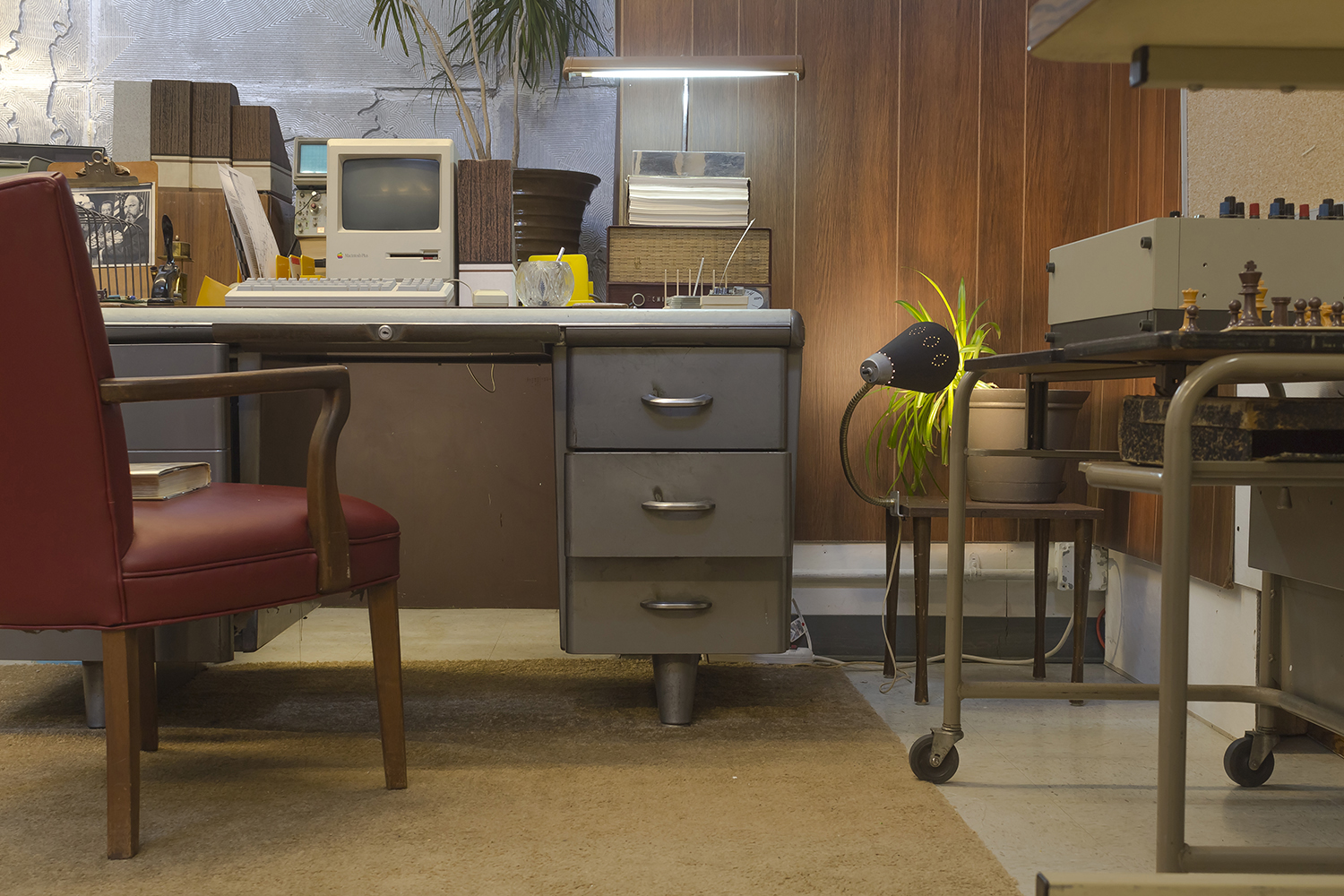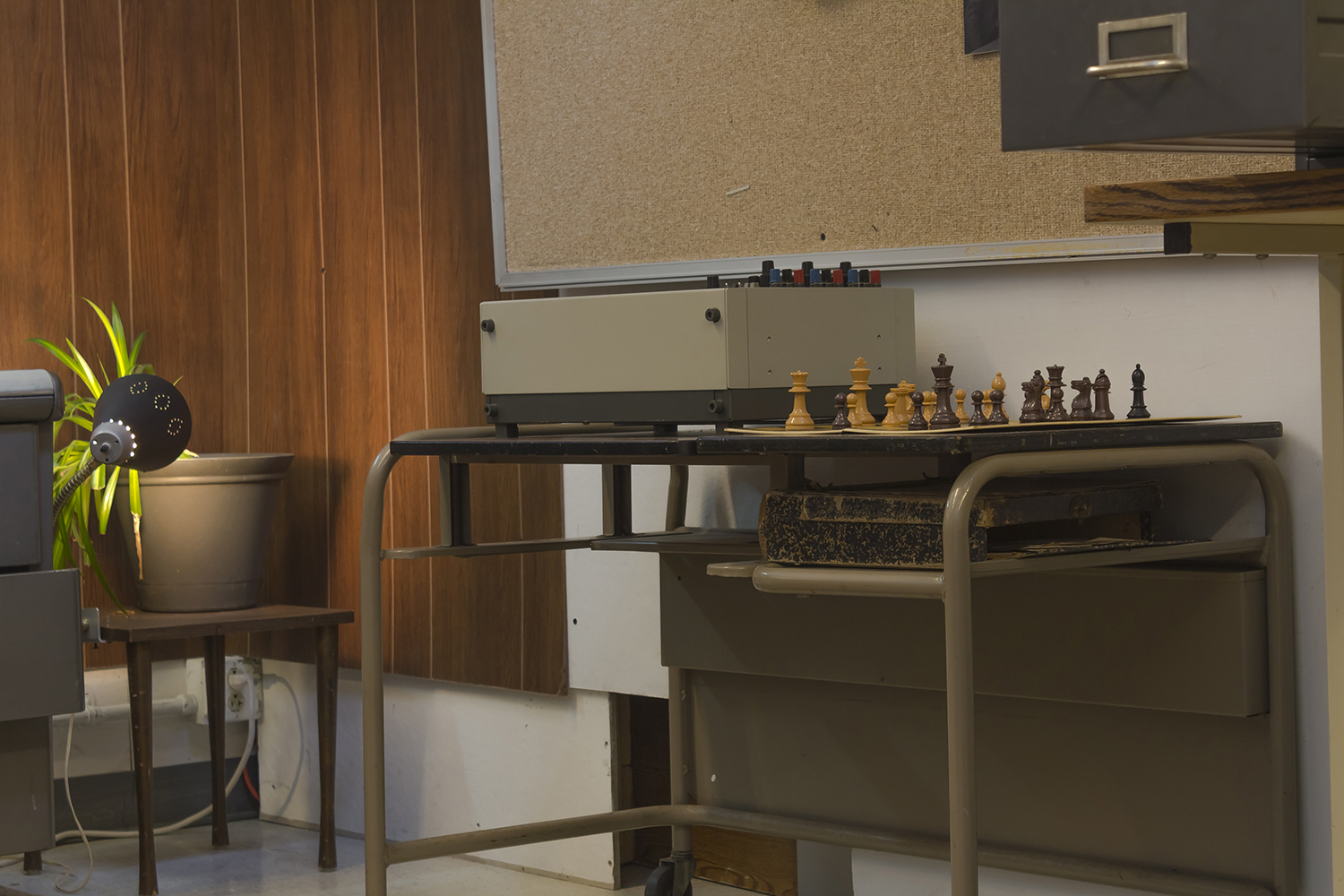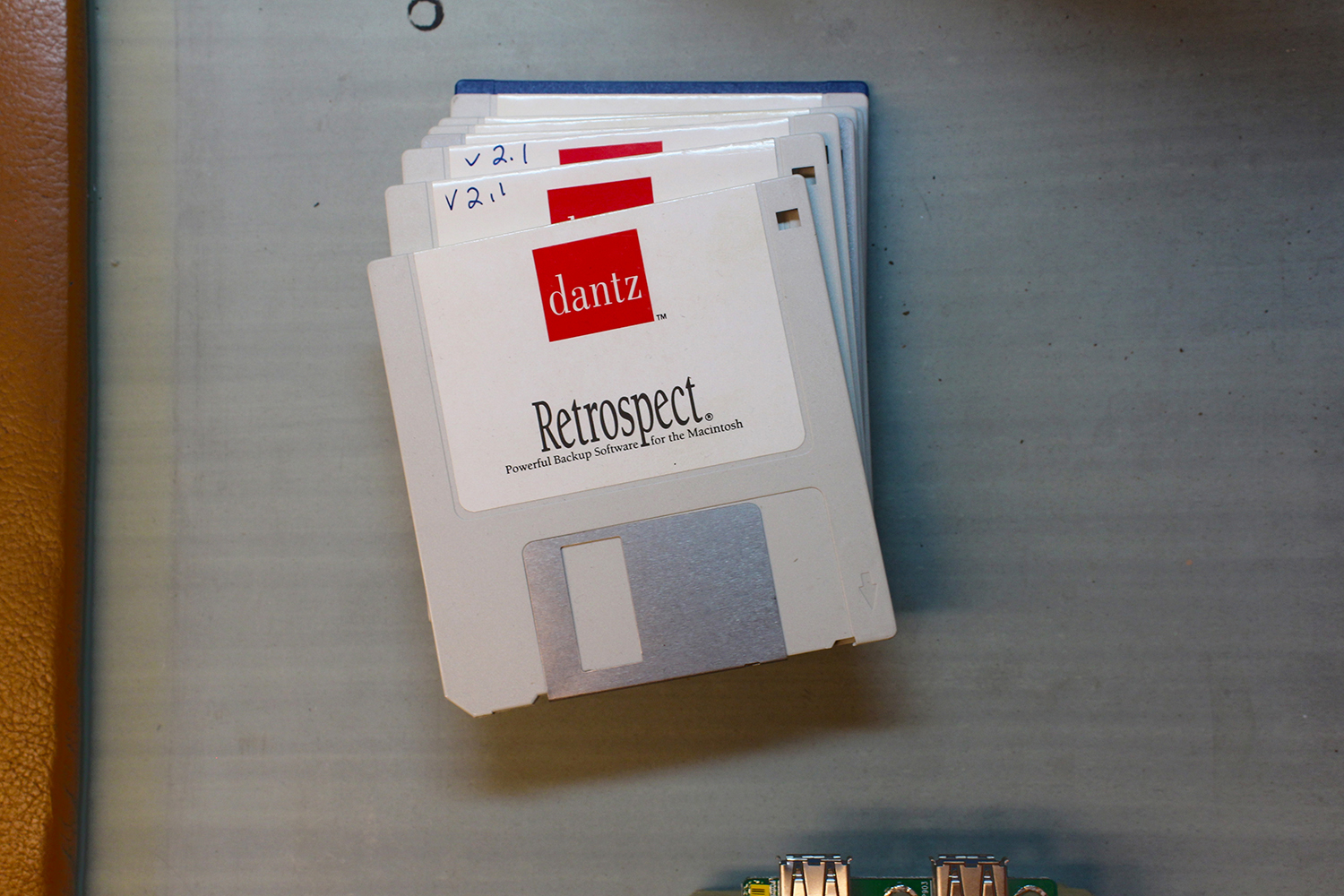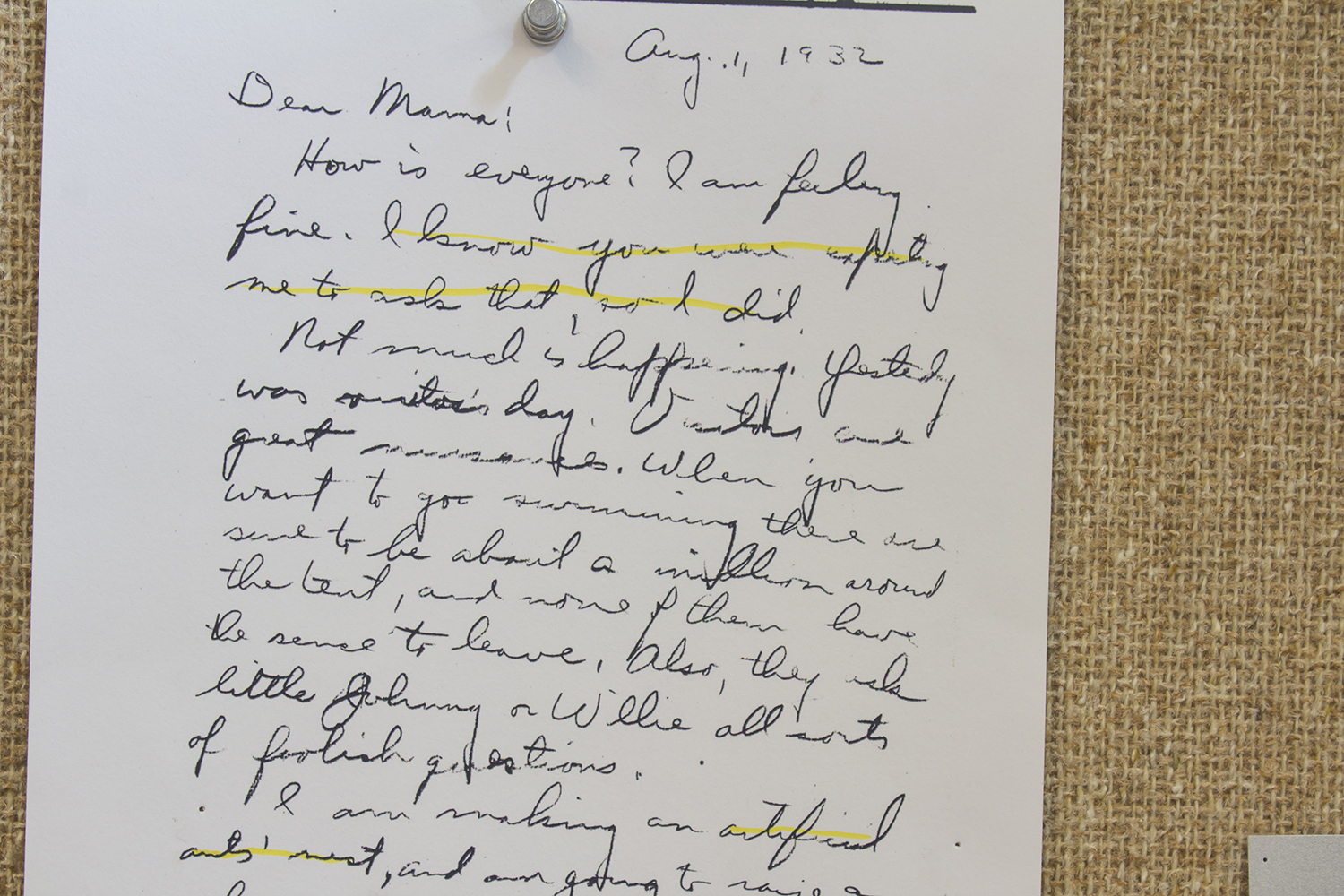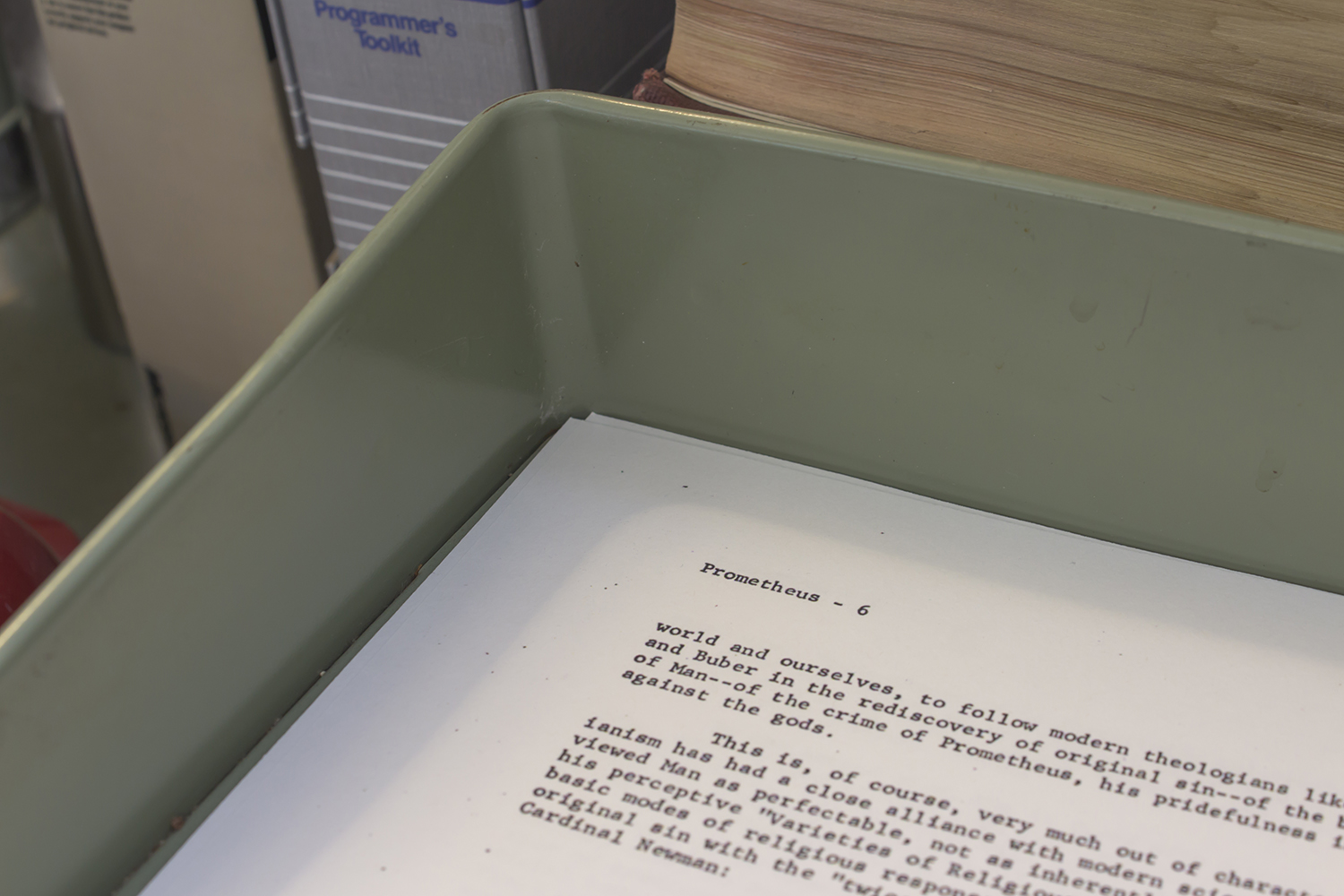“Newell and Simon developed ‘The Logic Theorist,’ the first program designed to solve problems like a human, a thinking machine,” artist Daniel Pillis told Digital Trends.
The researchers created the Logic Theorist in 1955 and 1956 — before the field of AI even existed — to prove mathematical theorems. The program was a first of its kind, built to mimic how humans solve problems, and is now considered the first deliberately designed AI program.
After spending days looking through old files in the office of one his advisers, Pillis felt the urge to share what he felt was such an enlightening experience.
“I wanted to create that experience for other people,” he said, “the experience of entering someone’s intimate information space, but with Newell and Simon as the subjects. The idea maps well onto artificial intelligence because the field is rapidly redefining our concepts of consciousness and the living.”
Using old archives and oral accounts from the computer scientists’ colleagues, Pillis slowly turned his office into a sort of blend of Newell and Simon’s many offices over the years. “They gave me general ideas, like colors and tones and materials, and from there it was about creating a vision of the past focused on particular materials and objects that I was able to connect to Newell and Simon’s time and research.
“It was by no means precise,” he added, “but instead an abstract approximation, no more precise than any machine is in relation to a human.”
Pillis included Simon’s original red leather rolling chair and some of Newell’s redacted documents. There was a chess machine prototype called Hi Tech, created by one of Newell’s students, and even some of Simon’s hair, which was embedded in a mold made of his hand. The desks were also equipped with iPads offering an augmented reality experience so visitors could virtually flip through the scientists’ files.
Pillis has since reverted his office back to its normal state but his website is full of records of the installation and documents from Newell and Simon’s archive.
